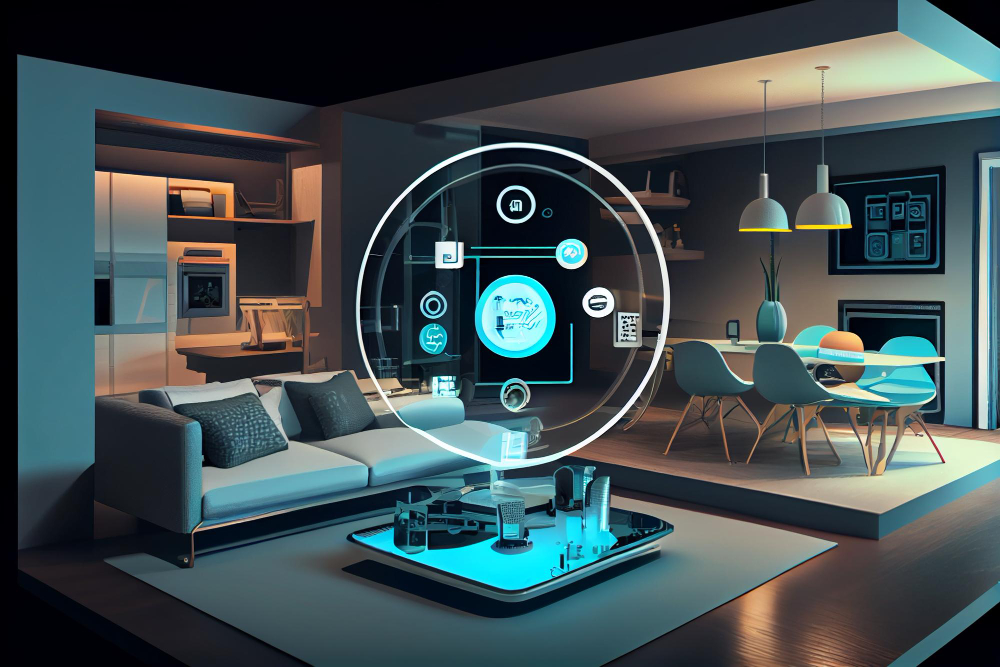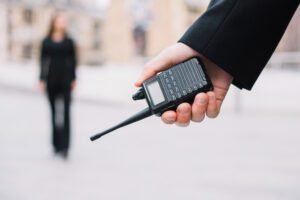How LiFi Technology Enhances the Aviation Industry
- 1 LiFi Technology in Simple Words
- 1.1 Efficient and More Reliable Connectivity
- 1.2 Better Security Features
- 1.3 Dropped Level of Interference
- 1.4 Presence of LiFi in Cockpit Communications
- 2 The Role of Lifi in Future Aviation Technologies
- 2.1 High-Speed Data Transfer:
- 2.2 Reduced Interference:
- 2.3 Enhanced Security:
- 2.4 Integration with IoT (Internet of Things):
- 2.5 Li-Fi in Air Traffic Management:
- 2.6 Energy Efficiency:
- 3 Conclusion
There are many advancements taking place and amidst them, LiFi, or Light Fidelity, is an innovative technology that makes use of light waves to communicate data rather than traditional radio frequencies. In recent times, LiFi has come up as one of the most promising and powerful wifi alternatives to boost connectivity in diverse types of industries, including aviation. This groundbreaking technology has the power to transform the aviation industry by offering efficient and secure wireless communication. This post is all about how LiFi can enhance the Aviation industry.
LiFi Technology in Simple Words
LiFi acts by using light signals to communicate data. Rather than making use of radio waves, as in conventional wifi, LiFi makes use of the visible light spectrum to send and even receive information. The technology depends heavily on LED lights to modulate light signals quickly, making it unnoticeable to the human eye. These modulated light signals hold data and can be received by photodetectors that then convert the signals back into digital data.
Efficient and More Reliable Connectivity

An important advantage of LiFi in the realm of aviation is its capability to offer faster and more dependable connectivity. In an industry in which communication speed is crucial, LiFi can transmit data at massively higher rates in comparison to traditional wifi. Such a thing means faster internet access for passengers, swifter data transfer for in-flight entertainment, and even better communication between the aircraft and ground control.
Better Security Features
You should know that LiFi offers better security features, making it a robust and great choice for communication in the aviation sector. Since light signals cannot simply pass via walls, the danger of unauthorized access is dropped. This fundamental characteristic of LiFi adds an extra layer of security to the transmission of sensitive and confidential information, making it a preferable option for applications in which data security is of utmost importance.
Dropped Level of Interference
Wifi signals, most of the time, encounter interference from other electronic devices, leading to connectivity issues. LiFi, operating in the light spectrum, experiences minimal kind of interference from other wireless technologies. In an aviation environment in which numerous electronic devices are in use, the reduced interference of life promises a more stable and even dependable wireless connection.
Presence of LiFi in Cockpit Communications
The implementation of LiFi tech in cockpit communications is also an aspect that can massively benefit the aviation industry. Pilots and crew members can make use of LiFi for quicker and safer communication within the aircraft. Such a thing can boost coordination, enhance in-flight operations, and even play a role in general aviation safety.
The Role of Lifi in Future Aviation Technologies

Here are some aspects to consider regarding the role of Li-Fi in future aviation technologies:
High-Speed Data Transfer:
Li-Fi has the potential to offer extremely high data transfer rates, much faster than traditional Wi-Fi. This is particularly crucial in aviation, where there is a growing demand for high-speed data transfer to support in-flight entertainment, real-time communication, and data-intensive applications. Li-Fi’s ability to transmit data at gigabit speeds can significantly improve the passenger experience by enabling faster internet connectivity and seamless streaming services.
Reduced Interference:
One of the challenges faced by traditional Wi-Fi in crowded and confined spaces, such as the interior of an aircraft, is signal interference. Li-Fi can mitigate this issue by using the visible light spectrum, which is less prone to interference. This is especially important in an aviation environment where multiple electronic devices are in use simultaneously, and minimizing interference is critical for maintaining reliable communication and connectivity.
Enhanced Security:
Li-Fi operates through visible light, which inherently has physical limitations and does not pass through opaque objects. This characteristic adds a layer of security to the communication system, making it more difficult for unauthorized users to intercept or hack into the network. This can be crucial for safeguarding sensitive data and communications within an aircraft, ensuring the safety and privacy of passengers and crew.
Integration with IoT (Internet of Things):
The aviation industry is increasingly adopting IoT technologies to enhance operational efficiency, maintenance processes, and passenger services. Li-Fi can seamlessly integrate with IoT devices within the aircraft, facilitating real-time data exchange and communication between various systems. This interconnected network can improve aircraft management, enabling predictive maintenance, efficient resource utilization, and a more streamlined overall operation.
Li-Fi in Air Traffic Management:
Li-Fi can also be beneficial in air traffic management by providing high-speed and secure communication between aircraft and ground control systems. The low latency and high data transfer rates of Li-Fi can contribute to more efficient and real-time air traffic control, improving safety and reducing delays. This technology could be especially useful in scenarios where quick and reliable communication is crucial for avoiding collisions and managing air traffic congestion.
Energy Efficiency:
Li-Fi technology generally consumes less power compared to traditional Wi-Fi. In an aircraft, where energy efficiency is a key consideration, Li-Fi can contribute to reducing overall power consumption. This can be particularly important for extending the battery life of portable electronic devices used by passengers and minimizing the overall energy footprint of the aircraft’s communication systems.
Li-Fi holds great promise for revolutionizing communication and connectivity within the aviation industry. Its high-speed data transfer capabilities, reduced interference, enhanced security features, integration with IoT, and potential applications in air traffic management make it a compelling technology for the future of aviation. As research and development in Li-Fi continues, its adoption in aviation technologies is likely to bring about significant improvements in in-flight experiences, operational efficiency, and overall safety.
Conclusion
So, it is right to say that Visible Light Communication or VLC, generally popular as LiFi technology, enjoys massive promise for boosting the aviation industry.

















